PSBO: the gentle giant that protects the sea of Rimini
Focus
Focus
Category Facet
Custom Facet
Search Results
-
Web Content Article · By LUCIA ALGISI On Nov 29, 2023 2:30 PM
Early warning system with innovative FingerPrint technology to ensure safe water
Categoria Progetto: Water Project Innovation -
Web Content Article · By LUCIA ALGISI On Nov 29, 2023 12:21 PM
The pilot project involving the installation of Kamstrup meters was carried out in Conselice, near Ravenna, and yielded excellent results. The tests now continue in Modena, covering a larger area
Categoria Progetto: Water Project Innovation -
Web Content Article · By LUCIA ALGISI On Nov 29, 2023 2:35 PM
Discover the project for “removing and capturing” microcontaminants with recycled materials
Categoria Progetto: Water Project Innovation -
Web Content Article · By LUCIA ALGISI On Nov 29, 2023 12:05 PM
Hera continues experimentation of the innovative, fast and low-cost contactless system that uses space technology to detect water leaks in the network more quickly and productively
cosmicrays Categoria Progetto: Water Project Innovation -
Web Content Article On Mar 8, 2021 1:42 PM
Smarty, The new line of waste containers smarty.png no
-
Web Content Article On Mar 8, 2021 1:41 PM
Waste-to-energy plants: a resource for the circular economy /-/waste-to-energy-plants-a-resource-for-the-circular-economy waste-to-energy.png no
-
Web Content Article On Feb 2, 2021 9:41 AM
Innovation and sustainable future for our cities.
smartcity Categoria Progetto: Innovation -
Web Content Article · By Palvi Andrea Tonziello On Aug 4, 2020 5:25 PM
An investment of Euro 37 million. A plant that disposes of 100 thousand tonnes of organic waste produced by separate waste collection and another 35 thousand tonnes coming from green waste and...
circulareconomy Categoria Progetto: Heratech Project Innovation -
Web Content Article On Aug 4, 2020 5:20 PM
District heating is already in itself a "sustainable" and environment-friendly solution, because it can guarantee better performance than traditional domestic boilers. In addition, the plant...
Categoria Progetto: Heratech Project Energy Efficiency -
Web Content Article On Aug 4, 2020 5:14 PM
More than 130 thousand emergency response reports involving 1,500 employees in 2019. More than 50 thousand emergency response operations in the first six months of 2020, in a local area that...
utility4.0 Categoria Progetto: Innovation -
Web Content Article On Aug 4, 2020 5:12 PM
Since 2017, we have been developing a measuring system, conceived by Hera Luce, which analyses the materials used in public lighting. What's the target? Making their life cycle circular, as well.
Categoria Progetto: Energy Efficiency Circular Economy -
Web Content Article On Aug 4, 2020 5:08 PM
Producing electricity and heat from non-reusable waste. How? In a waste-to-energy plant: it's a safe and legally compliant plant and an energy resource for the local area.
Categoria Progetto: Energy Efficiency Circular Economy -
Web Content Article On Aug 4, 2020 5:04 PM
Waste can become sofas, lamps, games, and musical instruments. But even stage sets, art objects and installations. How? We'll tell you about it in this project.
Categoria Progetto: Circular Economy -
Web Content Article On Aug 4, 2020 5:02 PM
Thanks to robotics and artificial intelligence we can make our flows more efficient and develop the full potential of individuals and their intellectual capacities. With our Robotic & Intelligent...
utility4.0 Categoria Progetto: Innovation -
Web Content Article · By LUCIA ALGISI On Aug 4, 2020 4:49 PM
Rimini's beaches will be 100% fit for swimming thanks to the Rimini Optimised Seawater Protection Plan (Piano di Salvaguardia della Balneazione Ottimizzato - PSBO). Discover the most important...
psbo Categoria Progetto: Heratech Project Circular Economy Water Project -
Web Content Article On Aug 4, 2020 4:39 PM
How do we monitor 6,600 plants and over 67,000 km of networks? With our Forlì Remote Control Technological Hub, which monitors operation in real time to detect failures and malfunctions of...
utility4.0 Categoria Progetto: Innovation -
Web Content Article On Aug 4, 2020 4:32 PM
Fuel may also be extracted from vegetable oils. Used domestic vegetable oil (such as frying oil) which is recovered by multiutility services via roadside containers and drop-off points, is...
Categoria Progetto: Circular Economy -
Web Content Article On Nov 24, 2020 10:22 AM
The NexMeter Green project aims to take a further step towards the future by offering a product that is not only safe and innovative but also sustainable
-
Web Content Article On Aug 4, 2020 4:26 PM
We monitor the sewerage networks from high up on the European Space Agency's satellites to prevent any damage and take preventive action. Modena and Bologna lead the pilot project. Find out more.
Categoria Progetto: Water Project Innovation -
Web Content Article On Aug 4, 2020 4:21 PM
What's Ferrara's green secret? It's underground, where a geothermal basin feeds its district heating system. The result? 87% of the thermal energy distributed in the city is "clean" and we avoid...
Categoria Progetto: Innovation Energy Efficiency Circular Economy
Asset Publisher
Rimini's beaches will be 100% fit for swimming thanks to the Rimini Optimised Seawater Protection Plan (Piano di Salvaguardia della Balneazione Ottimizzato - PSBO). Discover the most important stages and construction sites of the project that protects sea.
Keeping the sea clean and ensuring that it is safe to swim in is a complex undertaking, but it's not impossible. Proof of this is the Rimini Optimised Seawater Protection Plan (Piano di Salvaguardia della Balneazione Ottimizzato - PSBO) Plan, the largest water reclamation project underway in Italy, which we worked on together with the Rimini Municipality and Romagna Acque. A construction site, indeed 14 of them, which are changing the face of a city that, for over 60 years, has been the backdrop for the holidays of millions of tourists, both Italian and foreign. With an investment of Euro 154 million, the project will ensure that swimming will be safe along the entire Rimini coastline, eliminating sewage from all 11 discharges into the sea. Restoring a clean, healthy, and transparent sea for Rimini and the whole local area is an essential step to promote and give a new outlook to the entire community. Indeed, the sea is not only a precious resource that drives the economy: it is the site of our identity.
Kennedy Square, where it all begins
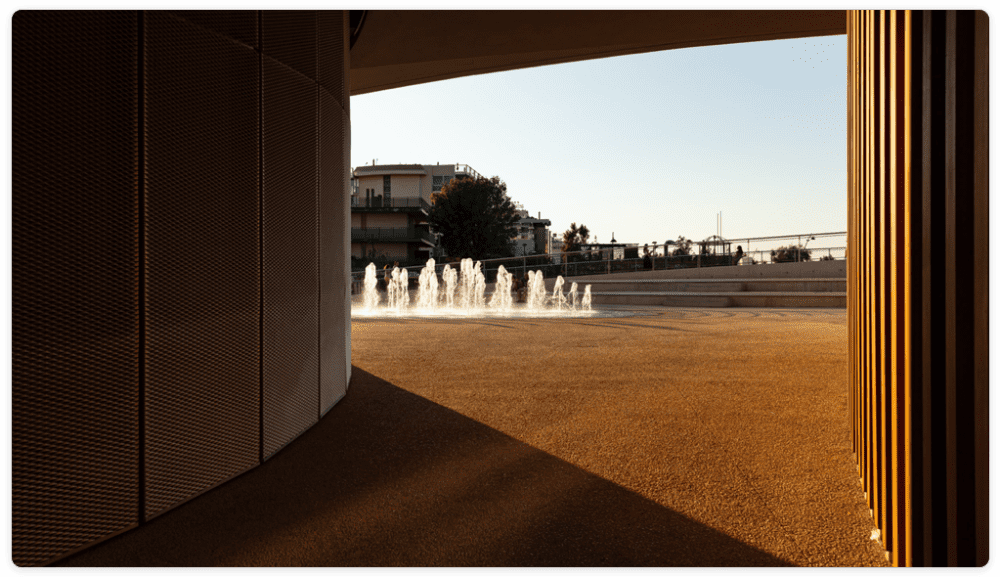
The massive work of the PSBO, the gentle giant that protects the sea, all begins under Piazzale Kennedy. In the event of a storm, in fact, the treatment plant cannot withstand the large volume of both sewage and rainwater it receives. In order not to damage the plant and to prevent flooding, the water is discharged into the sea without treatment. The operation causes ban on swimming, thus impacting the environment, public health, and the economy of the area.
The PSBO avoids this situation thanks to two tanks as large as 20 Olympic-size pools, located 40 meters below ground. The first tank, with a capacity of 14 thousand cubic metres, collects the water from the first flush of rain, while the second one, with a capacity of 25 thousand cubic metres, is designed for "buffering", i.e. reducing the rainwater drainage sent into the sea. A forced ventilation mechanism, which sends the air sucked in from the tanks to a treatment system based on activated carbon technology, permanently solves the problem of bad odours. With their modern architecture integrated into the city context, the new waterfront terraces in Piazzale Kennedy will "hide" this complex structure. One already opened to the public in July 2019, and the other will be completed by summer 2020.
The Santa Giustina wastewater treatment plant, the "heart" of the PSBO
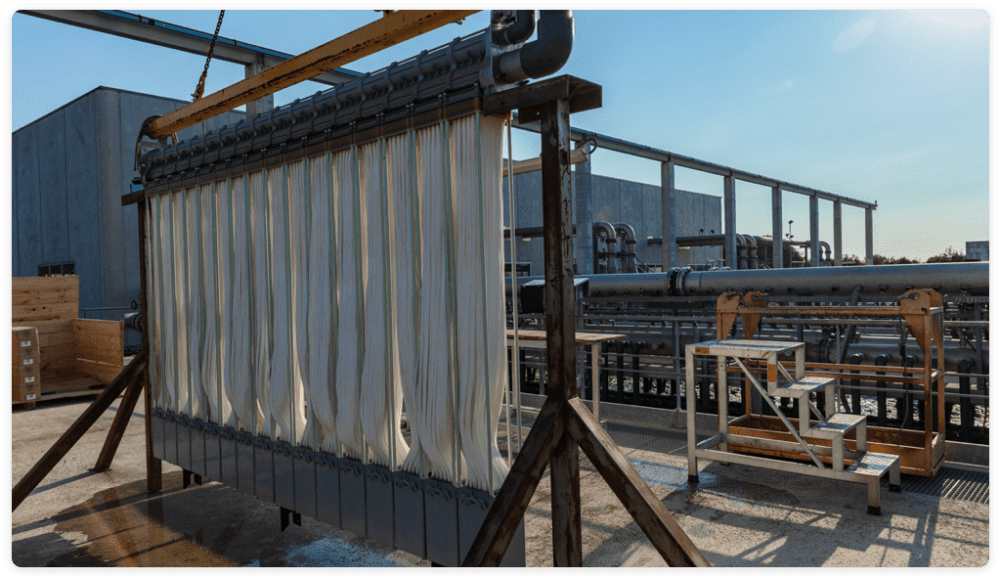
Once the water is collected in the tanks, its real journey begins under Piazzale Kennedy: perhaps the most important of the PSBO's activities. The buffering tank, in fact, is connected to a runoff pumping system that can pump 18,000 litres per second or convey it to the Santa Giustina treatment plant. This is the heart of the gentle giant of Rimini, who transforms the water to make it, as famous song says, "blue and clear". Enhanced with a series of measures that have doubled its capacity, the treatment plant is now able to treat all the wastewater, i.e. from domestic and industrial sewage, from the local area of Rimini and the state of San Marino, and serving 560 thousand inhabitants during the summer season. After separating the water from sand and oil, and eliminating the sewage using denitrifying bacteria (organisms that feed on the substances in the sewage), the treatment plant makes the wastewater transparent and clean thanks to microfiltration membranes, a cutting-edge technology that captures microscopic particles such as viruses and bacteria.
The main construction sites of the PSBO
Let's go through the history of this ambitious project together. The doubling of the Santa Giustina treatment plant started in 2013 and finished in 2015, was the real kick-off of the PSBO project. Its activity, which is the heart of the entire plant, is also closely linked to the conversion of the Marecchiese treatment plant, to buffer the flow rates to Santa Giustina. Another important milestone was achieved in 2014: the beginning of the remodelling of Rimini's sewerage system, which involved the rehabilitation of Rimini Isola, followed by the separation of the sewerage networks of Rimini Nord. The latter, completed in 2020, was a fundamental step for the entire project. It directly involved the residents of the area, who were called upon to connect their discharge to the new sewage water pipes correctly. At the same time, in 2015 we completed the work on the North Backbone, the link between the Santa Giustina and Bellaria treatment plants, and in 2018 the excavation (using microtunneling) of the South Backbone: thanks to the "mole" boring machine, we laid pipelines under natural slopes, or major roads in towns, without requiring extensive excavations. Further measures, such as the Ausa sewage collector, the Mavone floodway channel, and the sewer pumping station in Via Santa Chiara, have significantly reduced the risk of flooding in most areas of the town where this problem frequently occurs. In addition, with the Ausa Canal project, which artificially covers the canal, we have enhanced the water flow rate in the final stretch from the waterfront to the sea when the spillway channels are opened, creating a pleasant path between the waterfront and Piazzale Kennedy that makes even the nearby swimming facilities more attractive.
The results we have achieved
To date, more than 5 thousand square meters of coastline have been "freed" from swimming bans, and the construction work is now 90% completed. Thanks to sieving and storage treatments, we have also managed to recover over 20 thousand cubic metres of sand to replenish the beaches along the coast: this operation, which we could describe as a real "feeding" of the beaches by adding new sand, makes it possible to counteract the erosion of the coast, abiding by the principles of the circular economy. These achievements, along with all other planned interventions, have led the PSBO to be mentioned in the UN report "SDG Industry Matrix: Energy, Natural Resources & Chemicals" (2017) as a best practice linked to the sustainable development objectives of the UN’s 2030 Global Agenda.
Search Bar
Tag Facet
Search Results
Asset Publisher

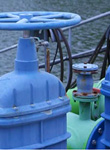
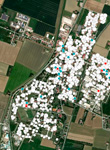
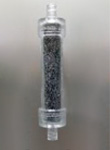
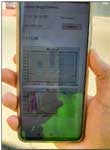
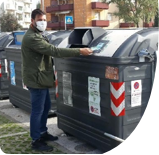
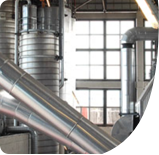

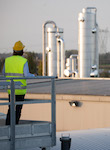

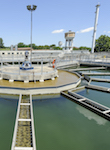




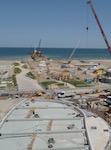
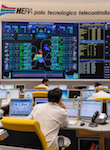
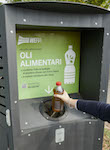
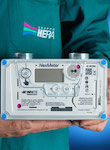

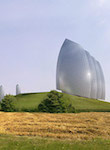
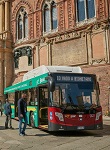
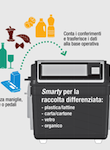
.jpg/468d051b-ba80-83a6-359d-7ef55eefd940)
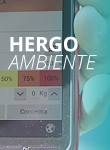
.jpeg/1d0e0770-1094-b22b-fce4-099f27c72978)